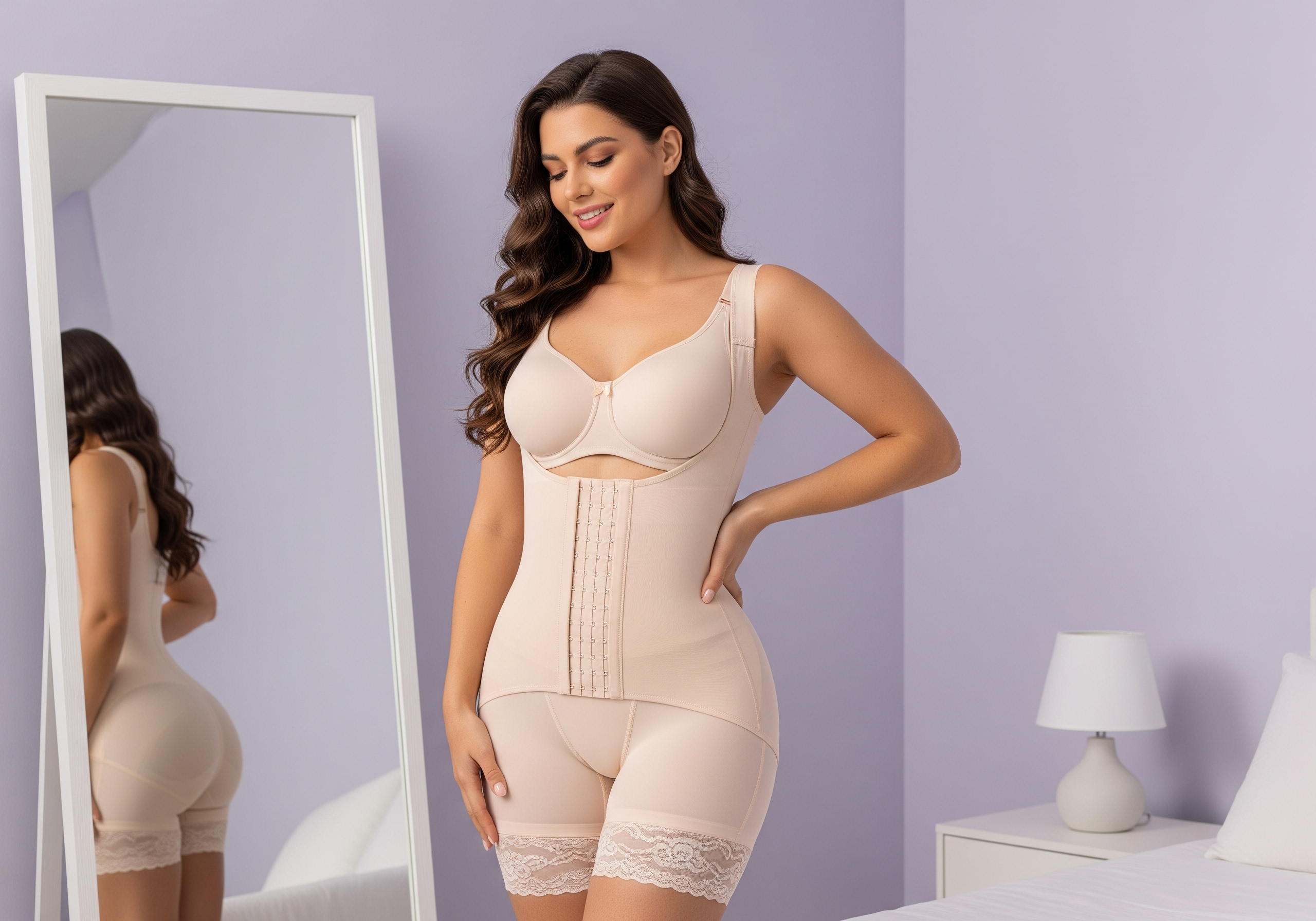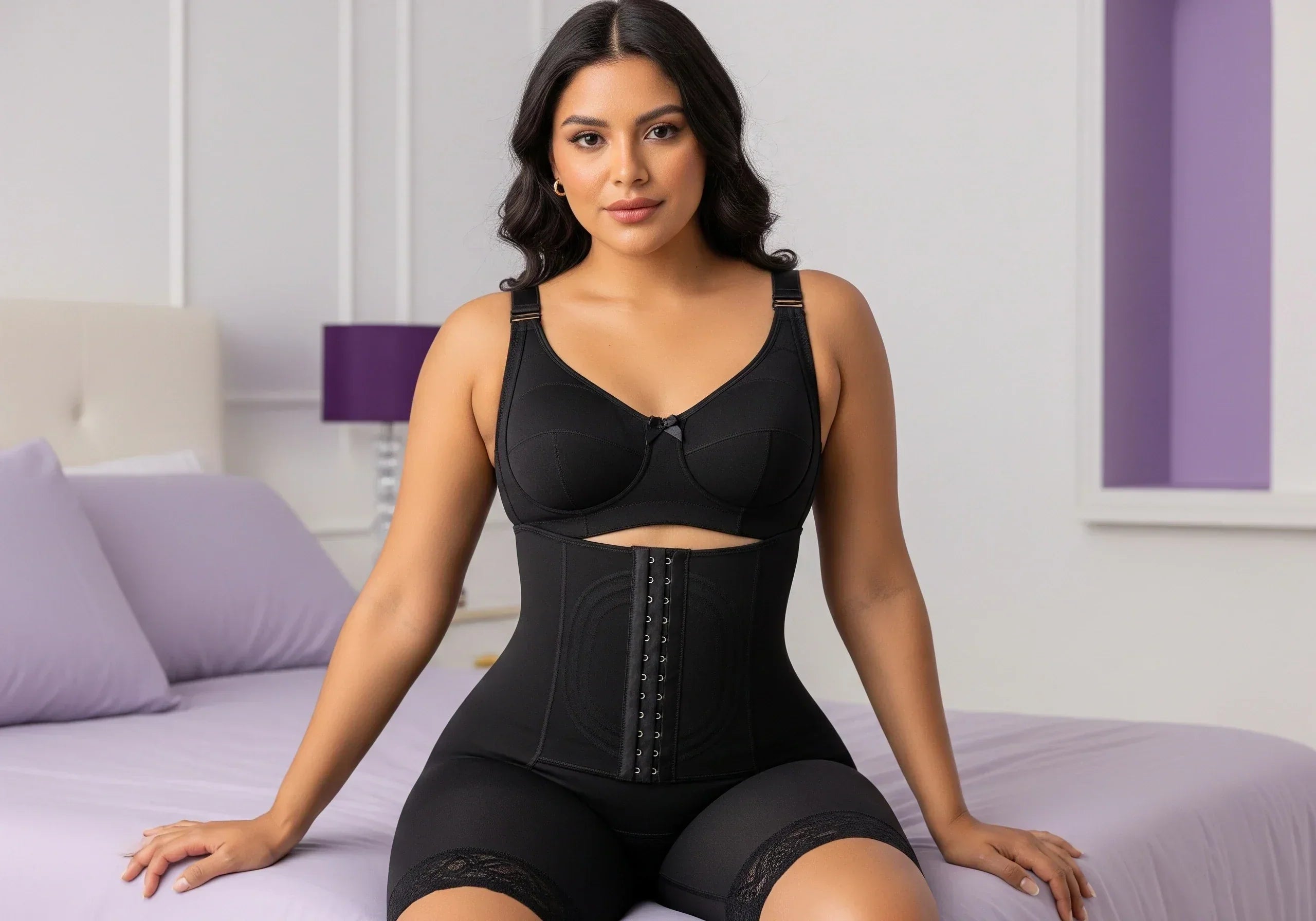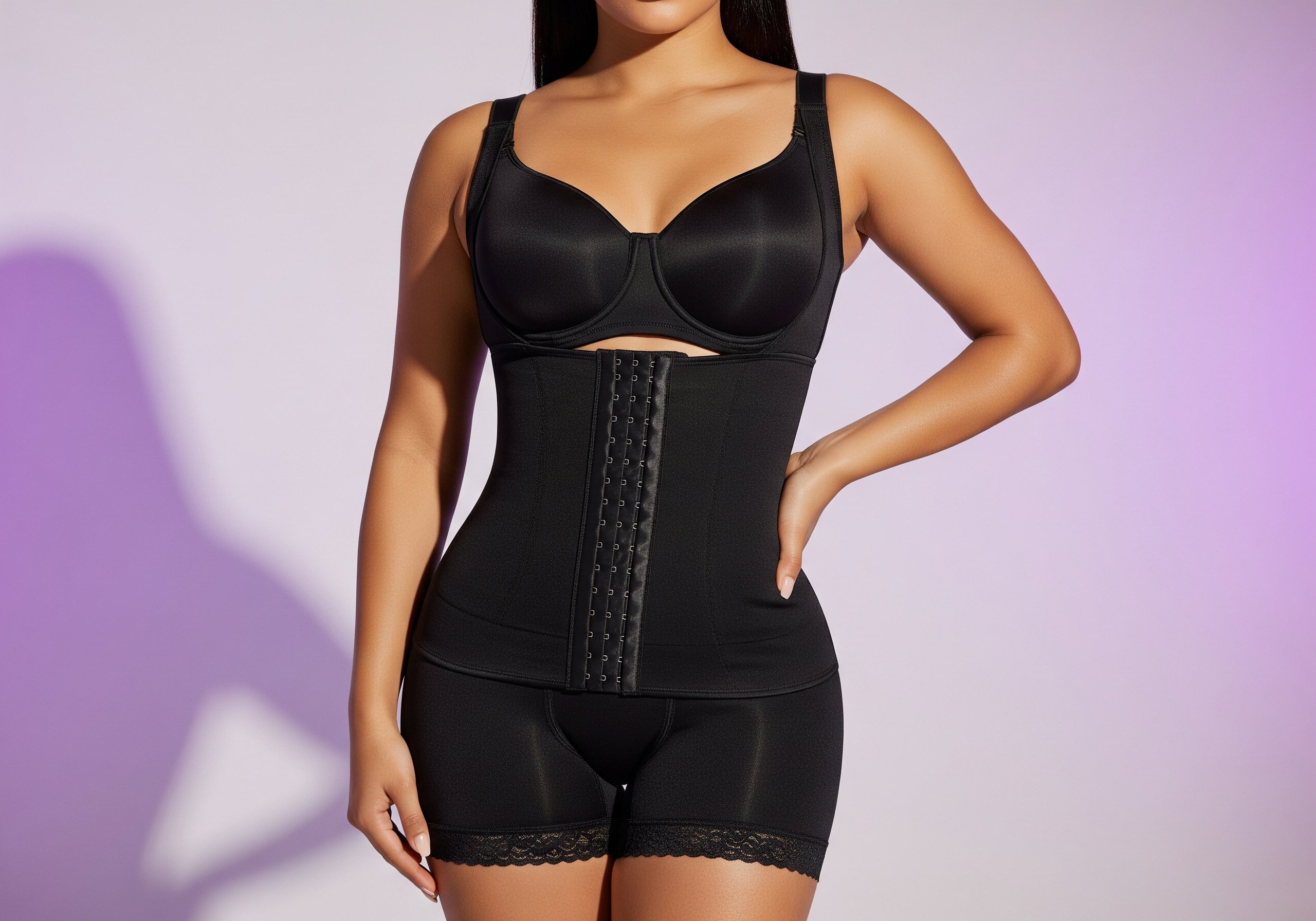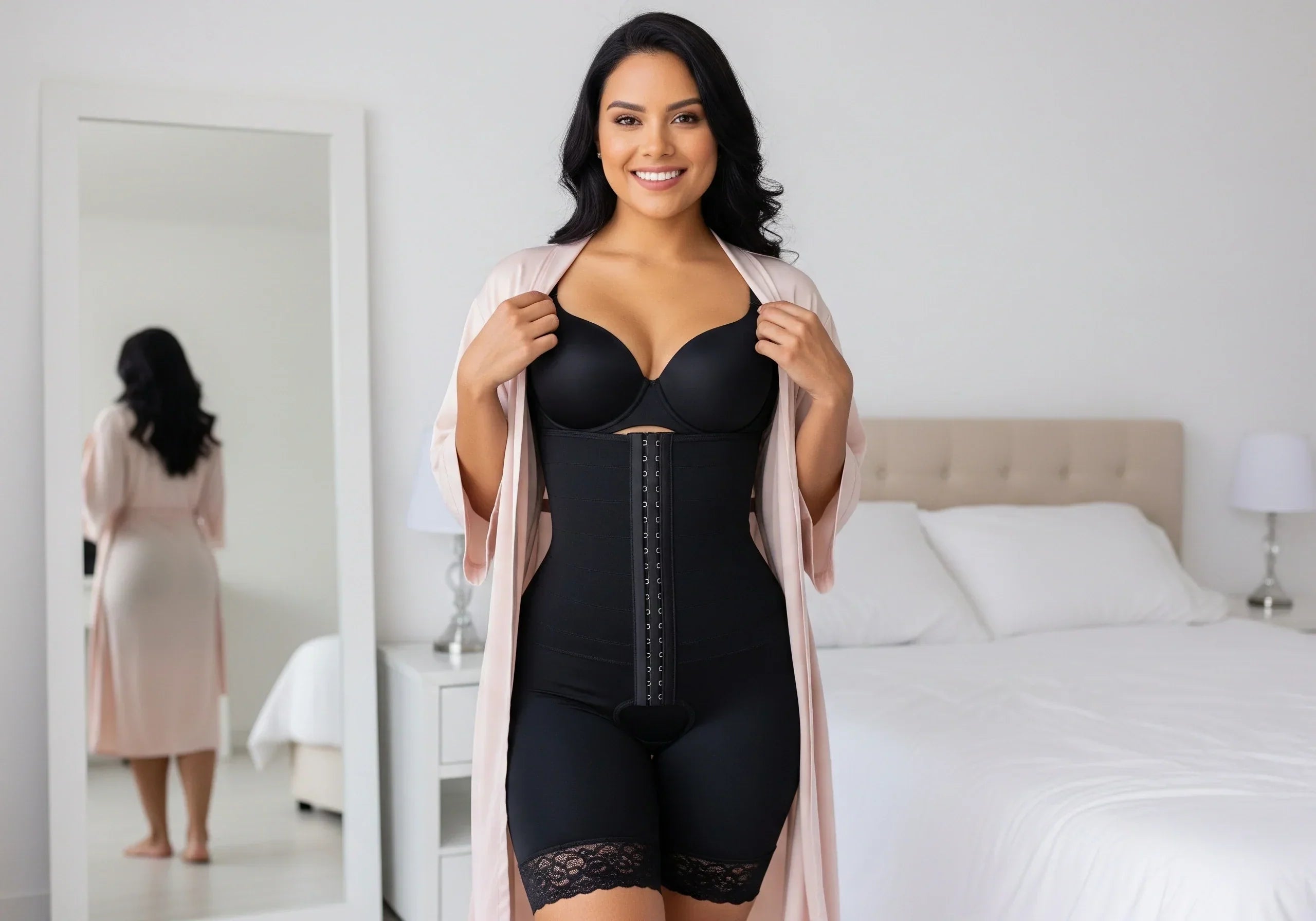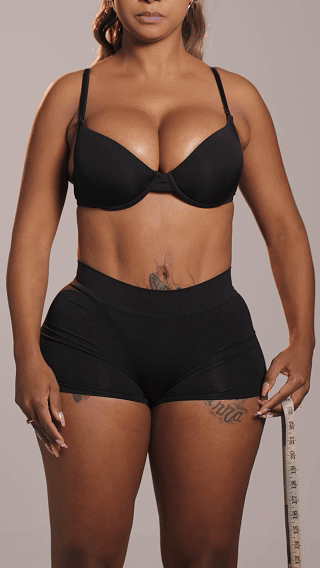The Role of Compression Garments in Post-Abdominoplasty Recovery
After undergoing an abdominoplasty, or tummy tuck, the proper use of compression garments is crucial for achieving optimal results and minimizing complications. The choice between a binder and a compression garment plays a significant role in the recovery process.
Understanding Compression
Compression garments, such as those offered by Snatched Body, are designed to provide consistent and controlled pressure across the surgical area. Clinical evidence indicates that this pressure is vital for several reasons:
- Reducing Swelling and Edema: Post-operative swelling is a common occurrence after abdominoplasty. Compression helps to minimize edema by promoting fluid reabsorption and reducing the space available for fluid accumulation.
- Supporting Tissue Healing: Compression garments support the underlying tissues and musculature, which aids in stabilizing the surgical area and promoting proper healing.
- Contouring and Shaping: By applying even pressure, compression garments help the skin conform to the new contours created during surgery, preventing skin laxity and promoting a smoother appearance.
- Minimizing Scarring: Clinical evidence suggests that consistent compression can reduce the risk of hypertrophic scarring and keloid formation by reducing tension on the healing incision.
Binder vs. Compression Garment: What's the Difference?
While both binders and compression garments provide support after surgery, they differ in their design and effectiveness.
- Binders: Traditional abdominal binders are typically elastic wraps that can be adjusted manually. However, they often provide uneven compression and may not offer the precise support needed for optimal recovery.
- Compression Garments: High-compression shapewear, like Snatched Body's Colombian girdles, are specifically designed to provide consistent, graduated compression. This ensures that pressure is evenly distributed across the surgical area, promoting better tissue adherence and reducing the risk of complications.
According to recent studies, compression garments should exert approximately 20-30 mmHg of pressure to achieve the best results. This level of pressure supports tissue adherence, prevents skin laxity, and reduces swelling.
Risks of Over-Compression
While compression is beneficial, over-compression can lead to serious complications, including fat necrosis and impaired circulation. Therefore, it is crucial to:
- Monitor Skin Condition: Regularly check the skin for signs of excessive pressure, such as redness, blistering, or numbness.
- Adjust Garment Tightness: Modify the tightness of the compression garment as needed to ensure adequate circulation and prevent complications.
- Choose the Right Size: Refer to Snatched Body’s sizing guide to ensure you select a garment that fits properly and provides the appropriate level of compression.
Snatched Body Product Offerings for Post-Abdominoplasty Recovery
Snatched Body offers a range of compression garments tailored to different stages of post-operative recovery, including:
- Lipo Fajas (Stages 1–4): Designed with breathable fabrics and lumbar support for optimal comfort and shaping.
- Post-Op Fajas & Bodysuits: Suitable for daily wear and pre-surgery preparation, providing continuous support and shaping.
- Plus-Size Options: Ensuring that all patients can find a comfortable and effective compression garment.
Conclusion
The proper use of high-compression shapewear is essential for optimizing recovery. By understanding the importance of compression levels and monitoring for potential complications, patients can achieve better outcomes and a smoother recovery process.
Frequently Asked Questions (FAQ)
Q: Why is compression important after abdominoplasty? A: Compression reduces swelling, supports tissue healing, contours the body, and minimizes scarring.
Q: What is the ideal level of compression? A: Studies suggest that compression garments should exert approximately 20-30 mmHg of pressure.
Q: What are the risks of over-compression? A: Over-compression can lead to fat necrosis and impaired circulation.
Q: How do I choose the right size compression garment? A: Refer to Snatched Body’s sizing guide for accurate measurements and fitting advice.
Q: What types of compression garments does Snatched Body offer? A: Snatched Body offers Lipo Fajas (Stages 1–4), Post-Op Fajas & Bodysuits, and Plus-Size Options.
By understanding the benefits and risks associated with compression, patients can take proactive steps to ensure a successful and comfortable recovery. #SnatchedWaistChronicles










